Whatever the cause your dog has become imbalanced. Balanced dogs don't become automatically aggressive or fearful over another dog. While I can't tell you what caused this I can tell you how to rehabilitate your dog.
First your dog needs the comfort and control from having a balanced pack leader, that would be your job. Many times people want to console their fearful pet thinking. like a human, their going to calm their dog down. Nothing is further from the truth. Giving your dog affection at time of emotional instability only re-enforces that emotion and behavior.
#1 Exercise... Some dogs act out because of frustration. This can be due to a lack of exercise. Additionally the walk is extremely important in establishing leadership. The dog should walk to your side or to the rear of you and should not be allowed to pull his leash. In a dogs life the leader always walks to the front as well as enters and exits small openings, like doors, first I would also suggest a leash with a high degree of control. There are many types available but you want it to set high on the neck, or have control over the animals jaw (similar idea to the a horse bridal)
#2 Establish Dominance. Your older dog is not the pack leader, you are. Learn to recognize the earliest signs of unwanted behavior and correct immediately. THIS INCLUDES FEARFUL BEHAVIOR. Correction can be a quick tug against the leash or a "bite" made to the side of the neck with you hand. You want to use enough force to get attention, thereby change the dogs state of mind, but certainly don't do it so hard you injure the animal. Remember, its necessary to correct unwanted behavior immediately, not after the dog is in a barking frenzy. As soon as he locks onto his "target" and his ears start rolling back.. strike and tell him "NO!" You have to pay attention to his every move.
#3 Be calm and assertive. On other words your the boss. Don't respond with anger or frustration because if you do thats the energy your dog is going to feed on.
#4 Once you've established yourself as the pack leader your half way there, actually probably a little more than half way. Then begin with controlled exercises in situations your dog would become fearful or aggressive. In your case there's probably less a possibility than a larger dog, however, make certain you have controlled surroundings for the first few attempts. .
#5 Daily practice and follow up. You need to work with him every day.
Additional information from the Dog Whisperer's Web Site:
Dogs are not humans. Before they receive love and affection, they need exercise, clear direction, and leadership. Giving them love alone doesn't create balance in their lives. Be a pack leader!
Being the pack leader is what you need to tell your dog. Your dog isn't the pack leader, you are. It's really important because some other time, your dog will rule your whole house, he will even rule your life. Treat your dog the way you want to be treated. To me the #1 rule is NEVER SPOIL YOUR DOG. If you spoil your dog, he will become more aggressive with food. If you try to take it away from your dog he will try to bite you. All your dog needs are dog food, water, some treats, bed and toys. And some joy.
Dog's are able to tell who the pack leader is by the energy they project. So you not only need to ACT like a pack leader, you need to KNOW you're the pack leader.
Be confident; don't second guess yourself, keep your head high.
-Take your dog for a walk everyday, and make him walk either beside or behind you. Never in front. Don't let him stop and sniff everything he wants, keep moving forward. When I walk my dogs, I like to think of it as if we are "hunting" and then I feed them when we get home from the walk. This is very mentally satisfying to dogs.
-You're always the first one to go in and out the door.
-Make him sit and wait for food. Don't let him eat until you say it's okay.
-Don't give in to his barking/whining. You determine everything and the dog has no say in it. If he doesn't like it, too bad. There's no room to feel sorry for him when you're the pack leader.
-Provide exercise, discipline, & affection, in that order. This is very important to practice consistently.
-Provide rules, boundaries, and limitations for your dog.
Educate yourself as much as possible about how dogs (wolves) interact in packs. There is a specific pecking order and each dog knows where he/she stands. There is one leader, and then there is the 2nd in control, 3rd in control, 4th in control, etc etc down the line. The pack leader is always calm and aware. They always keep the others in line. The pack leader doesn't get excited when he "comes home" to his pack, and neither should you. The pack leader doesn't act sad when he "leaves home", and neither should you. Don't make leaving home or coming home a big deal. No talk, no touch, no eye contact until the dog is calm and relaxed.

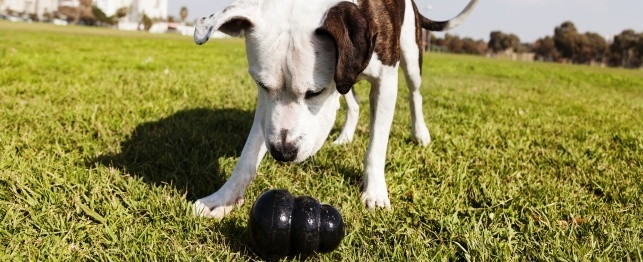 Commercial Brain Games Challenge Your Dog
Commercial Brain Games Challenge Your Dog
Commercial Brain Games Challenge Your Dog
Commercial Brain Games Challenge Your Dog
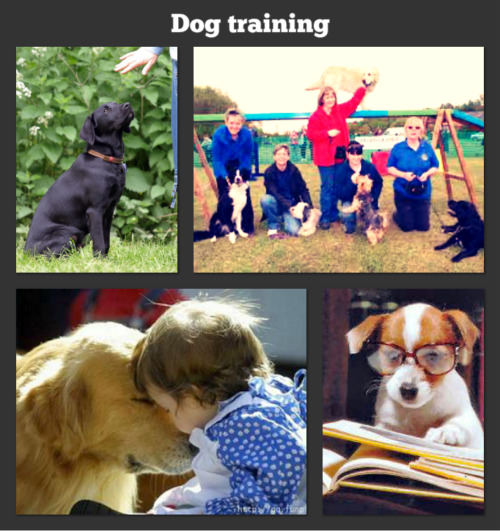 How To Use Vibration Dog Training Collars
All dogs need training at least, no matter how smart the do
How To Use Vibration Dog Training Collars
All dogs need training at least, no matter how smart the do
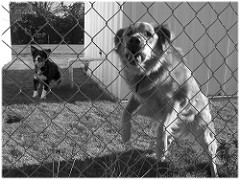 Stop Dog Barking: The Real Approach To Train Your New Family Dog.
Part of training your dog to stop dog barking is learning t
Stop Dog Barking: The Real Approach To Train Your New Family Dog.
Part of training your dog to stop dog barking is learning t
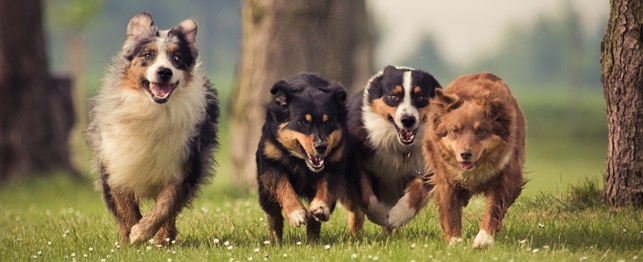 Parks & Recreation: 7 Tips for Enjoying Dog Parks
Parks & Recreation: 7 Tips for Enjoying Dog P
Parks & Recreation: 7 Tips for Enjoying Dog Parks
Parks & Recreation: 7 Tips for Enjoying Dog P
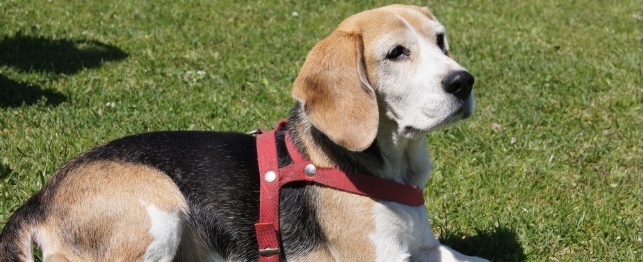 The Dark Side of Dog Parks – Why Dog Parks May Not Be Your Dog’s Friend
The Dark Side of Dog Parks – Why Dog Parks Ma
The Dark Side of Dog Parks – Why Dog Parks May Not Be Your Dog’s Friend
The Dark Side of Dog Parks – Why Dog Parks Ma